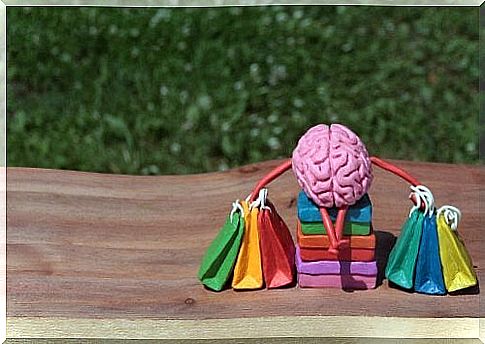Five Psychological Strategies For Marketing

To buy or not to buy, that is the question. Big brands can not give consumers too free rein. This is why there are experts in psychological marketing strategies. Usually again large companies do not get random variables in their way.
If it were up to them, there would actually be no such variables. Their marketing campaigns are carefully calculated to get you to buy their products.
But to get you to buy what they offer, they need to know what you want, what you need and how you want it. They study the customer and use psychological strategies for marketing.
Impulse is something extremely important for the buying process. In a study conducted by Chase, Gallup and Harris Interactive, a series of psychological marketing strategies from major advertisers were used to stimulate impulse buying.
Our brain makes connections to make impulsive decisions. So whether you are planning to buy something or feel like buying it on impulse, you will always find signs like “Buy Now!” or “Get a subscription now!” Do you think this is a coincidence? What if.
Studies in marketing psychology (neuromarketing) prove that our instinctive demands play an important role when our brains are looking for reasons to buy one or another product. In other words, instinct makes us choose, and quickly.
Experts know this, and that is why they often play with our “fear of missing a great deal”, which is the fear that arises when they say that there are only a few copies left.
Large and small advertisers rely on their knowledge of our senses (they try to make us think less) to launch their campaigns and show a particular product. They know that emotions play a vital role in most decisions we make. We are emotional beings who think.
Use of images
Few advertising agencies overlook the visual aspect. Our brain processes images faster than text, which is why they are very important in the buying process.
A high quality image is a fantastic ally when it comes to ads. Advertisers are always looking for a powerful visual impact, one that leads potential customers to believe that they will be happier, more successful or more elegant after purchasing the product or service.
Use of colors
So you think the colors in marketing campaigns are random or chosen because they are “nice”? The truth is that there is more to it than that.
Have you noticed anything blue on platforms like Twitter, Facebook, PayPal and Microsoft? This is obviously not a coincidence. According to studies on the psychology behind colors, blue looks reliable and inspires us to interact more with the product because we feel safe.
This is why advertisers often use blue first when designing their psychological marketing strategies. As we mentioned earlier, it is not at all random. It has to do with culture, experience and a combination of the two.
The first “yes” is the most important
A common strategy in neuromarketing is to gradually increase the price of a service over time. Maybe it is difficult for us to pay SEK 1,000 for a service, but it is not as difficult if we already pay SEK 900. The key is to raise the price a little at a time, so that the consumer does not think about going to a competitor.
Once you have said your first “yes” to the product, the risk is higher that you will continue to buy it in the future. This is a strategy based on gaining consumer trust. This is called “inbound marketing”.
Many big brands no longer focus on having a strong impact on people, but instead aim to get the first “yes”. It is a fantastic opportunity to gain the customer’s trust and slowly offer this content until the person wants to buy the product.

The anchoring effect
Even if you want to look at many different versions of a specific product, the one you see will be the reference for whether others, for example, are more expensive or cheaper. In some stores, for example, sellers will tell you about the products starting from the most expensive.
In addition to the anchoring effect, advertisers also want their products to be the first we notice. Our brains tend to remember the first and last elements of a list best, so they try to take advantage of this by putting the products they want you to buy at the beginning and end of an ad.
Emotions
Undoubtedly, many of the psychological marketing strategies used to appeal to our emotional side. Neuroscience proves that last minute purchases are still impulsive purchases.
This is how marketing gurus try to get us to notice their campaigns. To be more and more effective with each passing day, they study the market, its trends, tendencies and motivations. We are the market, and we are always their goal!









